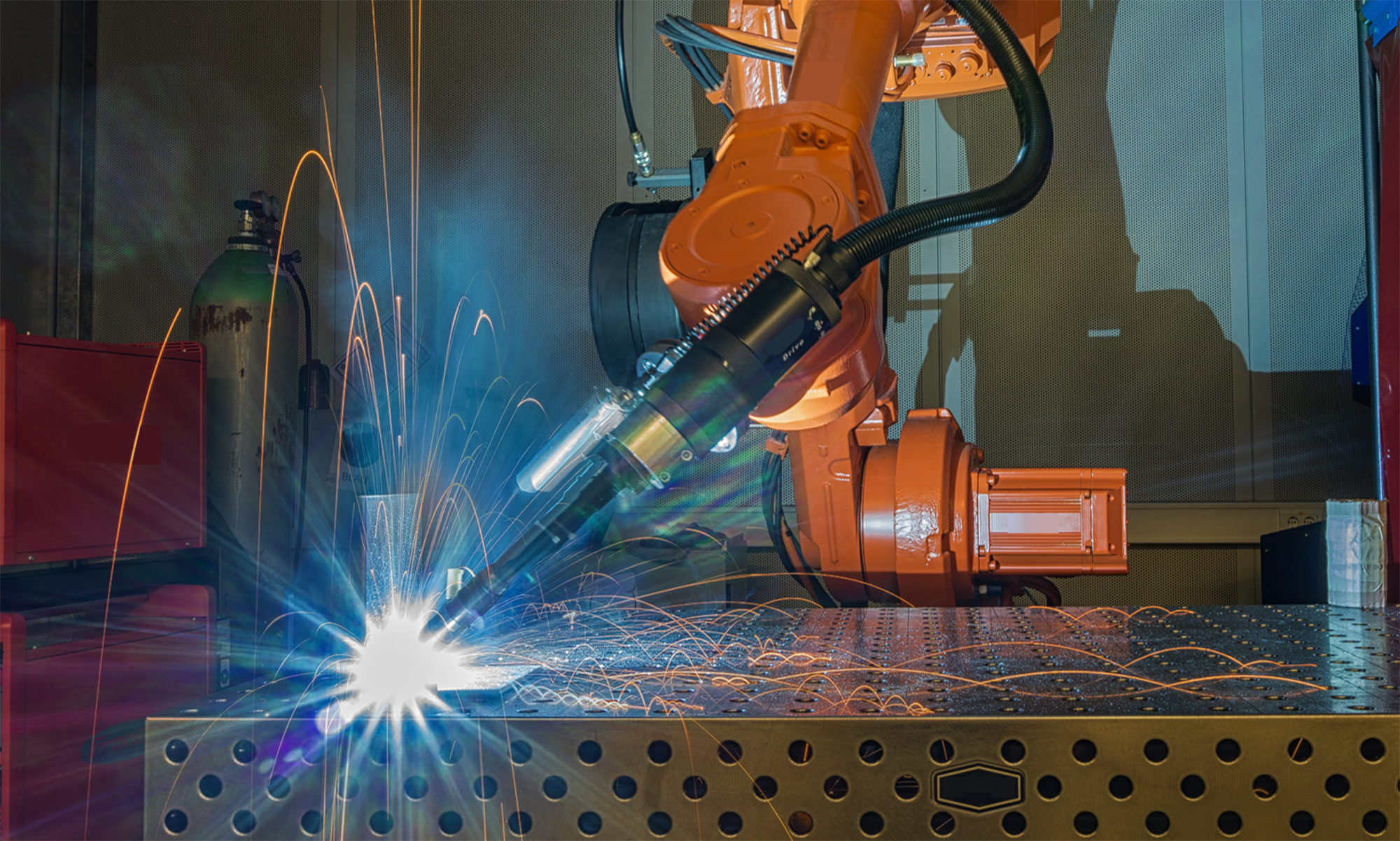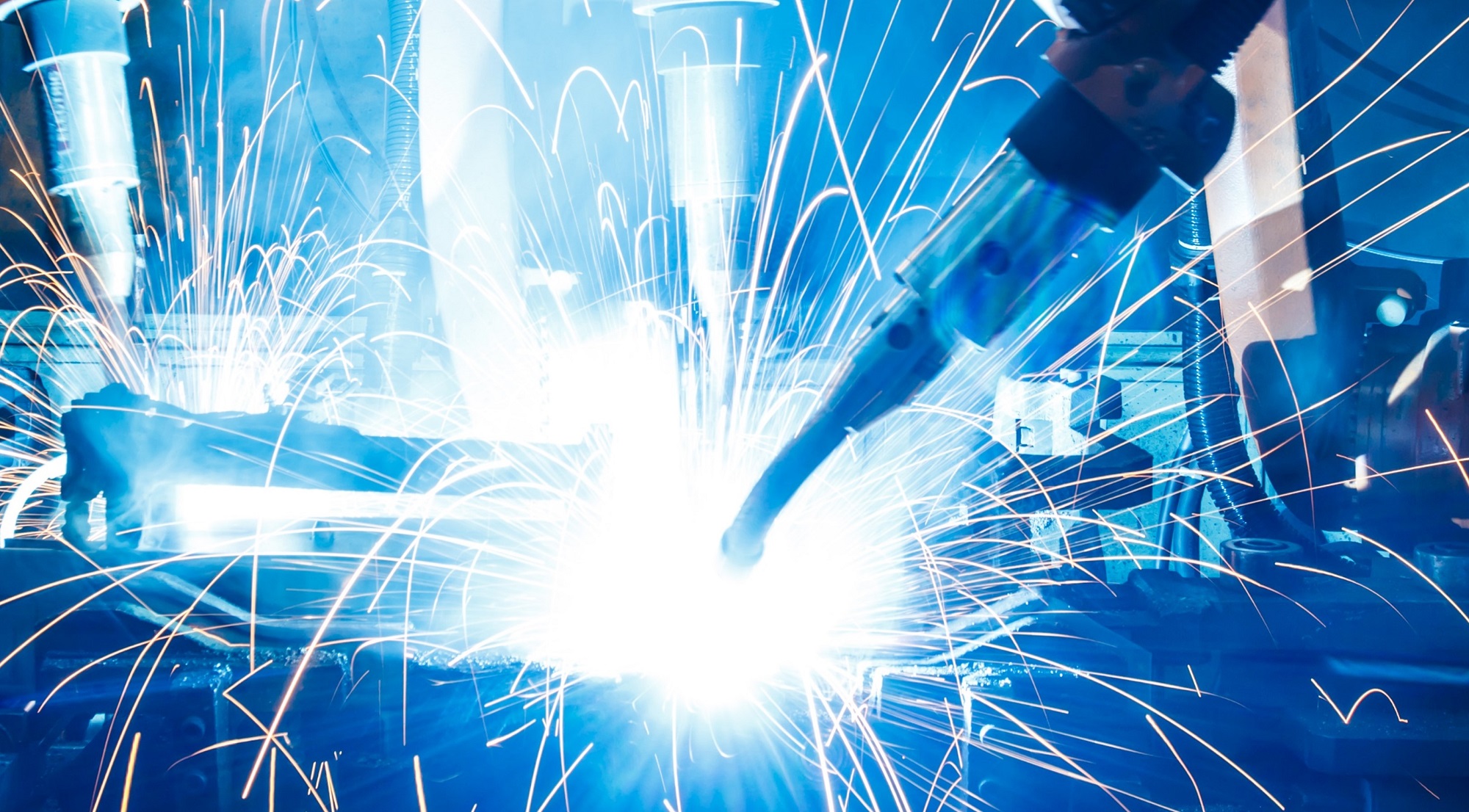Automatic welding-robot offline-programming adapted to your needs
Programming welding robots used to require a lot of knowledge and a lot of time. You need to know where to weld, how to split welds, welding directions, sequences, parameters, how to move the robot, the gantry, the positioner and how to cope with inaccuracies.
Now MOSES ARC nows.

MOSES ARC can autonomously place weld seams in your 3D-CAD-model based on rules. These rules are part of MOSES’ knowledge and can be adapted by you. Or it can import weld seam information with the CAD-model from your design-department. As MOSES provides several different weld-seam-interfaces, this works with any CAD-system you want.

MOSES ARC assigns welding parameters by itself and defines sequences + directions with minimum heat distortion based on rules that provide an even distribution of the thermal energy in your assembly. MOSES detects and compensates for inaccuracies in the assembly by defining paths for seam start measurement and evaluating them using calculation functions of the respective robot controller.
During welding, MOSES uses the arc sensor to keep the torch on the seam even when the attachments are deformed. If the arc sensor cannot be used, MOSES also controls laser light-section sensors if required.
When that automatic welding process and measuring planning is completed, MOSES generates all motion targets for the robot in a workpiece coordinate system, that means, independent of the type of robot, that will do the welding later on.
The specific robot comes into play in the next step, the motion planning and program generation.
Here MOSES automatically finds good positions for the gantry, to let the robot weld all seams without interruption. Or it can automatically control the gantry in a way to provide synchronous motions of all moving axes.

Workpiece positioner axes are also controlled automatically to provide good orientations of the assembly for high quality weldings. Workpiece positioners can also be part of synchronous motions of the complete welding robot system.
If collisions occur, MOSES can automatically change motion paths to make them collision free in many cases.
When these steps are completed, MOSES will export the robot program in your controller language. Including welding, measuring and controlling all moving axes synchronously. And without any reteaching at the real robot.
That’s the way you can economically automate welding tasks with robots for small lot sizes down to one-off production.


